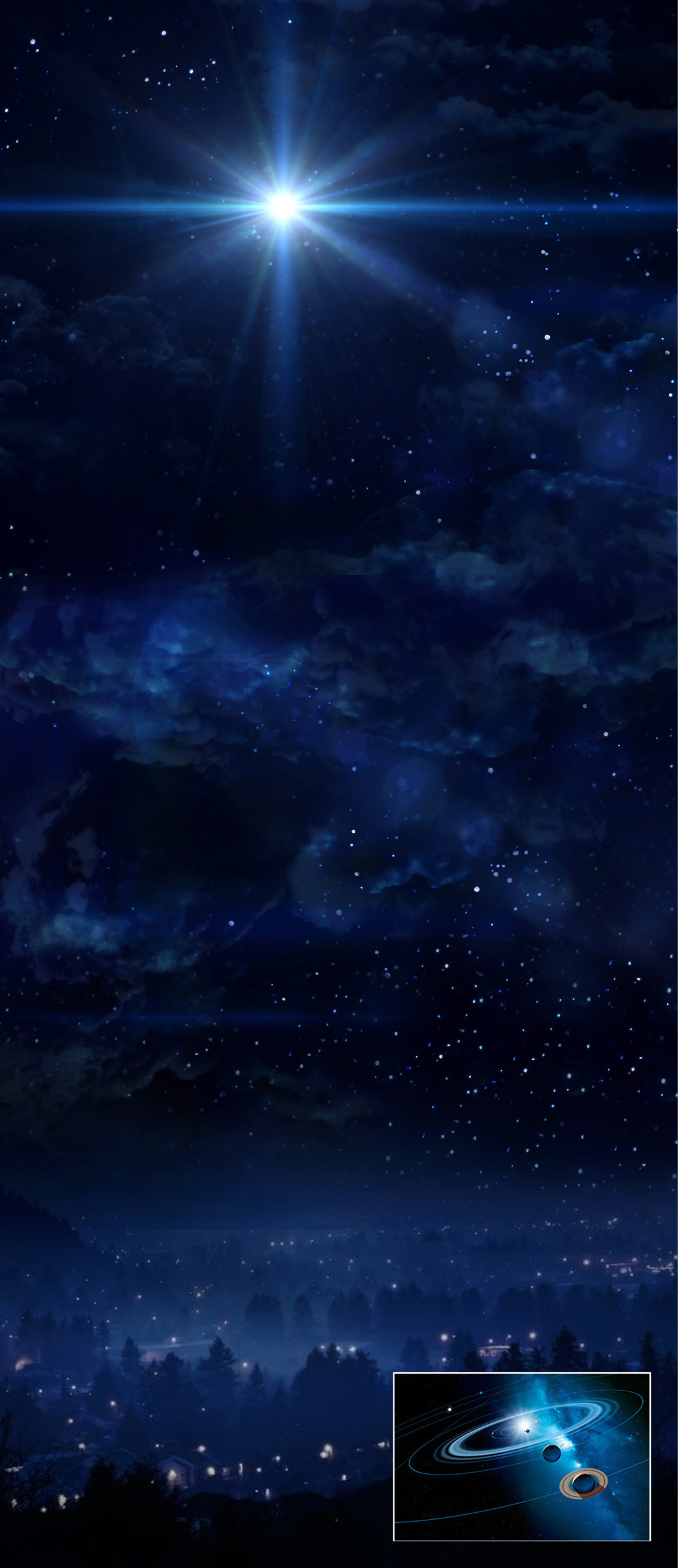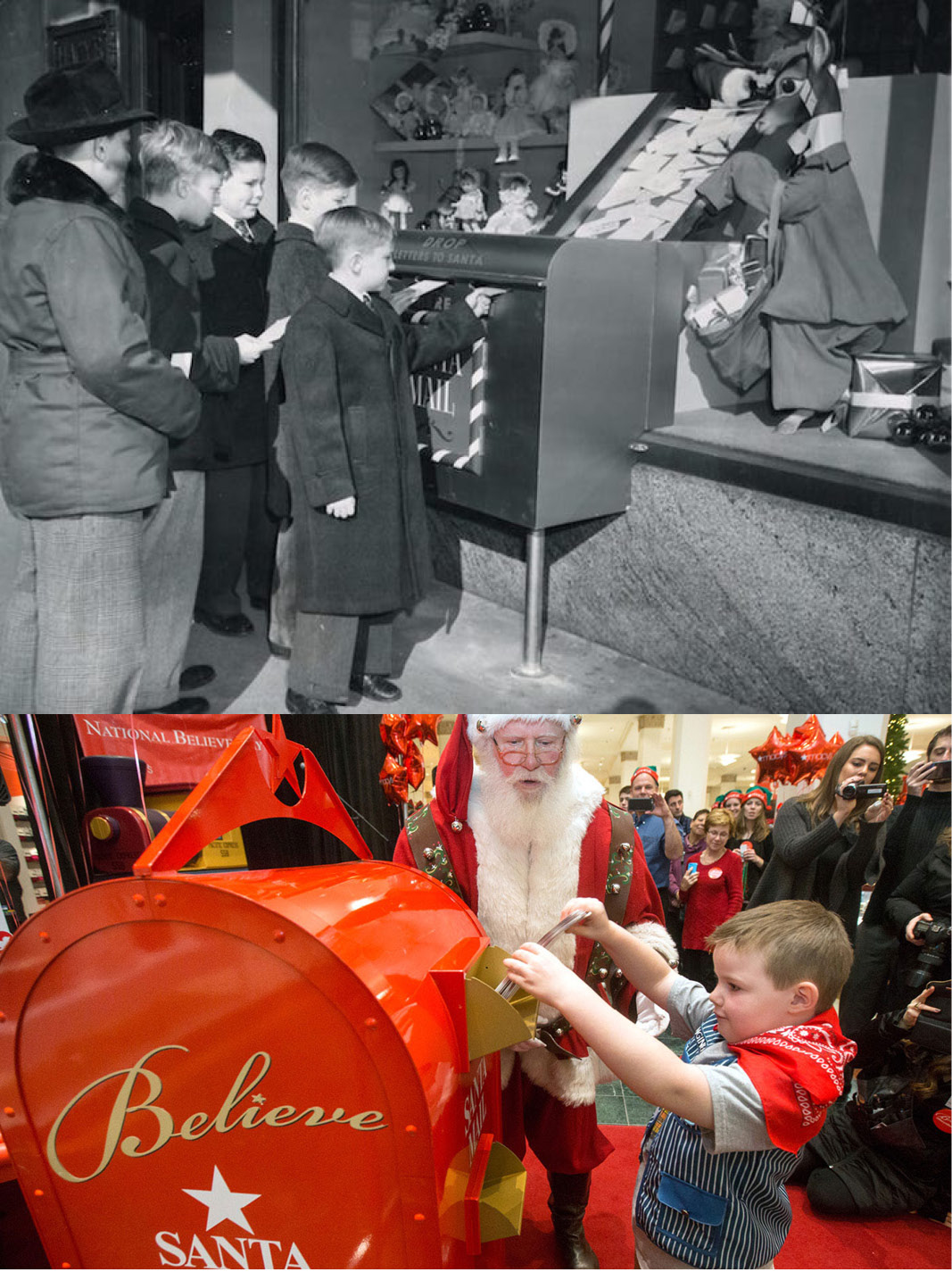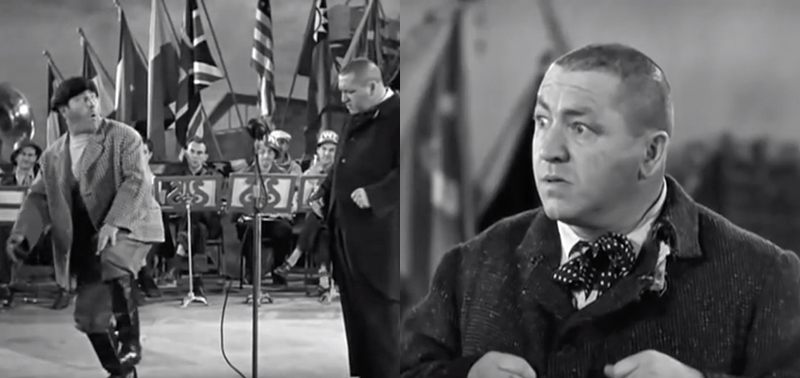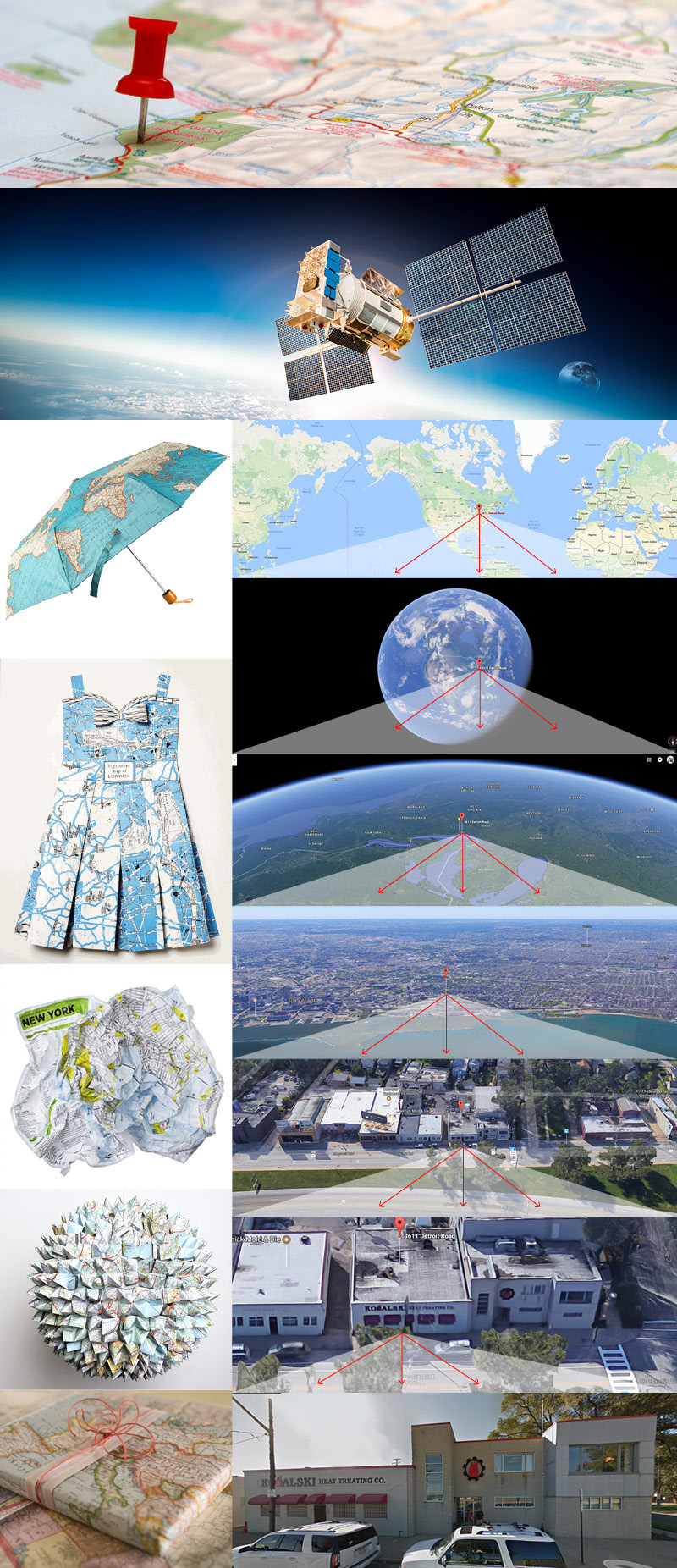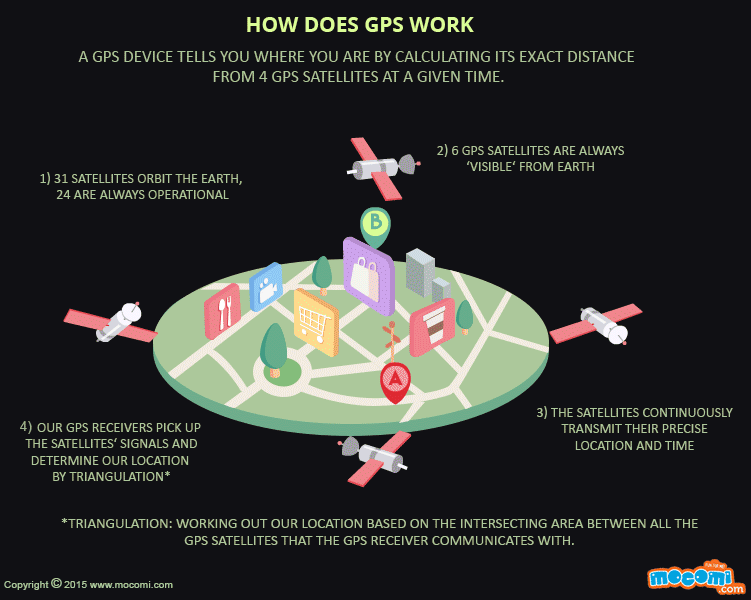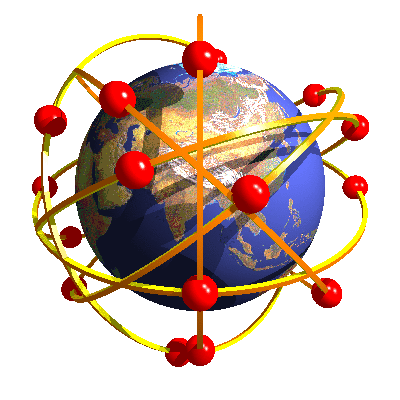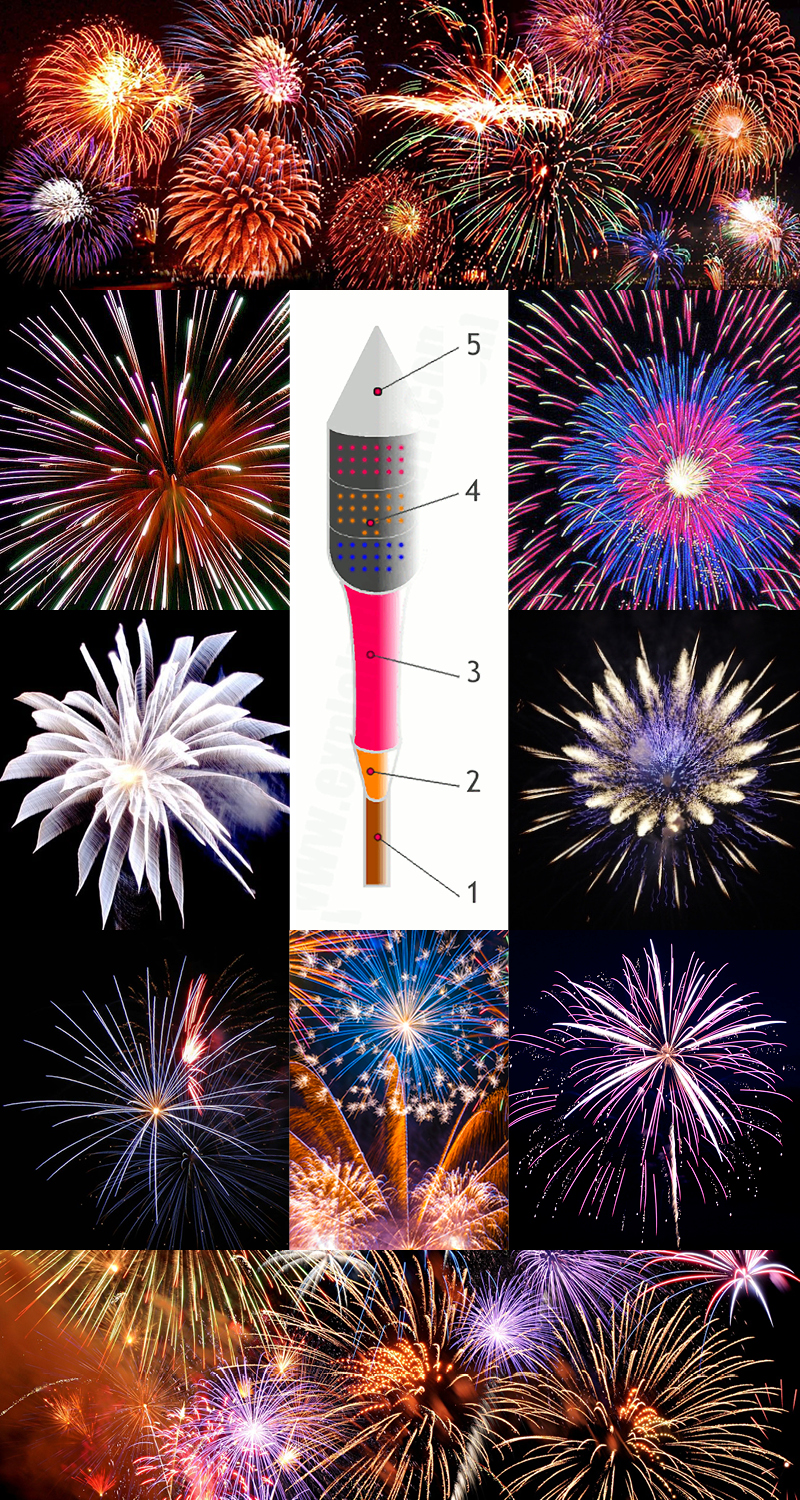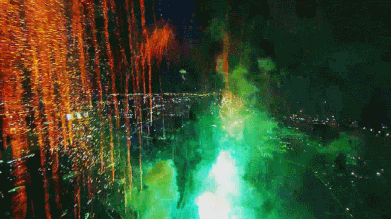What Goes Up…

The Stock Markets. Some people were born to make investments. Full disclosure: I was not one of them. So, it’s worth finding someone you like, who gets it and has a pretty good record of making money grow. But sometimes it doesn’t grow. Instead, it goes into the toilet. (technical jargon) Ever heard of Enron? So, let’s say you’ve made some shrewd investments. What are you going to do with all that extra cash? Buy your dear mother a new house? Definitely!! Then invest a little in precious metals. Maybe buy a great big boat. And use that boat to get to the island you bought for your wife’s birthday that’s shaped like a heart. Yeah, that’s the move! But don’t forget, it’s only money.
Hey gang. Hope you enjoyed a great holiday break, gave and received many gifts, ate lots of goodies, enjoyed your family and had a few days to relax. I know I did, and now it’s back to my favorite thing of all – a new year filled with solving your PIA (Pain in The @%$) Jobs! So many things to be thankful for. Over the holiday break, like you, I kept reading about the amazing year we just experienced in the financial investment market. After a really tough drop in the Spring we’re seeing record breaking levels beyond our expectations, – and for now, it just continues to roll. I did a little digging and put together a simple guide to the history and overview of the major markets – nothing heavy here, some basics, along with some fun stock trivia I thought you’d find interesting. Enjoy, and thanks to Sofi.com, Wikipedia, Investopedia, and US News and World Report. While reading, be sure to click on this classic.
– A stock exchange or stock market is a physical or digital place where investors can buy and sell stock, or shares, in publicly traded companies. The price of each share is driven by supply and demand.
– Stock markets now exist in most countries, but the first appeared in 17th century Amsterdam.
– Though there were some proto exchanges dating back to the middle ages, the first modern stock trading has its birth on the high seas. The Dutch East India Company was the first publicly traded company and the first to be listed on an official stock exchange. The company sent expeditions to Asia to bring back trade goods to Europe.
– Not all of these expeditions returned, which was a lot of risk for one entity to bear. So, the company would sell shares to investors to reduce any one person’s liability should the ship be seized by pirates or lost in a storm. This form of trade spread across Europe into France and Britain who gave charters to their own East India companies.
– The first stocks were bought and sold on slips of paper inside coffee shops. In England, the success of the British East India Company was so great that other companies wanted in. The South Seas Company (SSC) received a charter from the king and started selling shares. The sale of these shares made the SSC a fortune before their ships ever left the harbor. At this time, there was no government regulation and when these companies failed to pay dividends on their shares, the first stock bubble burst. As a result, the British government banned stock trading until 1825.
– Meanwhile, on the other side of the pond, America was getting into the game. The first stock exchange in the U.S. was formed in Philadelphia in 1790. This was two years before the New York Stock Exchange (NYSE), which would grow to be the Philadelphia exchange’s much larger cousin.
– From the beginning, the NYSE made its home on Wall Street in lower Manhattan, first under a buttonwood tree and eventually in its current digs at 11 Wall Street. Though other exchanges existed across the country, none rivaled the NYSE in size and power—that is, until 1971 and the creation of the Nasdaq.
– Unlike the NYSE, which was a physical stock exchange, the Nasdaq allowed investors to buy and sell stocks on a network of computers, a system that was faster and more transparent than in-person trading.
– The NYSE is still the largest stock exchange in the world. Yet, there are now exchanges in major cities across the globe trading domestic and international stocks. You’ve likely heard of many of them, including the London and Tokyo Stock exchanges. The Euronext Stock exchange represents the European Union, and there are large exchanges in China, Australia, India and South Africa among others.
– When you read about the stock market you may encounter names like the S&P 500 and the Dow Jones Industrial Average (DJIA). These are stock market indexes, which help describe the performance of a market as a whole or a specific piece of the market.
The S&P 500, for example, lists the 500 largest US publicly traded stocks. It’s a market-cap-weighted index so larger companies represent larger proportions of the index.
Founded in 1896 by Charles Dow and Edward Jones, the DJIA is a price-weighted average, meaning stocks influence the index in proportion to their price per share. Learn more here
The DJIA keeps track of 30 large, publicly traded, US-based stocks. It was designed as a proxy for the overall economy. So, when you hear a news anchor say that markets were “up” or “down” on a given day they are likely referring to the DJIA. Learn more here
– Speaking of markets being up or down, stocks and the market can fluctuate on any given day. The US stock market has historically gone through larger market cycles in which the market expands and shrinks over the course of weeks or even years.
– As an investor, you can buy shares of companies that are traded on the stock exchanges through a stockbroker or you can buy shares directly from online websites like Robinhood. (be careful though, as this can lead to bad, emotional decisions – that’s why most investors work with brokers)
– There are a number of metrics that you can use to help you determine whether a stock is a good fit for you.
P/E, or the price to earnings ratio, takes a company’s total dollar value divided by its earnings, giving investors an idea of how relatively cheap or expensive a stock is.
Average return shows you how much stocks are likely to grow over time. And stock yield gives you a sense of how much you will receive in dividends compared with a stock’s price.
– For the most part, experts tell us investing in the stock market should be considered a longer-term prospect. Wisdom holds that the longer you hold your stock, the more able you are to ride out the market’s natural periods of ups and downs. Timing the stock market, trying to predict when stocks will rise and fall and buying according to those predictions is generally not recommended for the average “Joe” or “Jane”. Here’s a list of top performing stocks over the past 30 years. Important Disclaimer: This list does not in any way represent the opinions or recommendations of KHT – it’s from an article I found online published by US News and World Report dated Dec 21, 2020.
••• DO NOT TAKE THIS AS INVESTING ADVICE •••
••• Please remember, I’m a very good heat treating guy – but a lousy investment advisor!! •••
Here are some top stock returns over the past 30 years:
Amazon.com (ticker: AMZN)
Perhaps the least surprising stock on this list is e-commerce and cloud services leader Amazon. The company went public in May 1997. Since that time, Amazon and its stock have gone on a historic run. Over the years, Amazon has pivoted from a niche online bookstore to a $1.6 trillion online marketplace juggernaut. In the 23-plus years since its initial public offering, Amazon has generated a total return of 212,922%, more than any other stock in the past 30 years. In fact, $10,000 invested in AMZN stock back in 1997 would now be worth $21.3 million.
Monster Beverage Corp. (MNST)
Monster Beverage has been an under-the-radar home run investment since its August 1995 IPO. In 25 years, Monster has generated a total return of 212,468%, second only to Amazon. In 2015, Monster struck a deal with Coca-Cola (KO) in which Coca-Cola took a 19% ownership stake in Monster in return for Coca-Cola becoming Monster’s primary global distributor. Since its IPO, Monster shares have generated an average annual return of 35.4%. A $10,000 stake in MNST stock in 1995 would now be worth more than $21.2 million.
Jack Henry & Associates (JKHY)
Jack Henry & Associates is one of the earliest fintech companies, offering technology solutions and payment processing services to its customers in the financial sector. Jack Henry & Associates went public in November 1985 and has generated a cumulative return of 212,322% for shareholders. The company’s 29.1% annualized return since 1990 is the highest among stocks that have been around for at least 30 years. The stock is showing no signs of slowing down, generating about a 500% total return in the past decade. A $10,000 investment in JKHY stock in 1990 would now be worth about $21.2 million.
Cerner Corp. (CERN)
Cerner is one of the largest public health care information technology companies. Cerner went public way back in December 1986 and has generated a 142,419% return for investors over the past 30 years. Cerner was an early mover in automating health care processes, a transition that is still taking place. Since 1990, Cerner has generated an average annual return of 27.4% for shareholders. Unfortunately, Cerner’s growth has slowed, and the stock is up just about 10% overall in the past three years. Still, $10,000 invested in CERN stock 30 years ago would now be worth $14.2 million.
Best Buy Co. (BBY)
Given consumer electronics retailers like Circuit City and Radio Shack have been crushed by Amazon and other online competitors, the fact that Best Buy is among the 10 best-performing stocks of the past 30 years is a testament to the company’s resiliency and adaptability. When Best Buy went public in 1987, the company was selling cassette tapes and VCRs. Today, Best Buy is selling smartphones and tablets. Since 1990, Best Buy has generated a total return of 108,511%, or about 26.2% annually. A $10,000 investment in BBY stock in 1990 would now be worth $10.9 million.
Ross Stores (ROST)
Like Best Buy, Ross Stores’ apparel retail competitors like Forever 21 and J.C. Penney have been crushed by Amazon. But while other retailers are fighting to survive, Ross has thrived. The company went public in August 1985. In the past 30 years, its stock has generated a total return of 81,286%, or about 25% annually. Unfortunately, Ross shares have been flat in 2020 and have significantly lagged the S&P 500 due to economic shutdowns. Despite the disappointing year-to-date performance, a $10,000 investment in ROST stock in 1990 would now be worth $8.1 million.
Kansas City Southern (KSU)
Twenty years into the 21st century, it may be extremely surprising to learn that one of the 10 best stocks of the past 30 years has been a railroad company. Kansas City Southern was founded in 1887 and went public in November 1962. In 2020, trains are still the most cost-effective way to haul large freight loads across the country. In the past 30 years, shares of Kansas City Southern have generated a total return of 78,464%. A $10,000 investment in KSU stock back in 1990 would now be worth $7.8 million.
UnitedHealth Group (UNH)
UnitedHealth is one of the biggest U.S. health insurance providers. United went public in October 1991 and has generated a total return of 63,395% for investors over the past 29 years. That gain works out to an averaged annual return of 24.8%. UnitedHealth was even added to the prestigious Dow Jones Industrial Average in 2012. UnitedHealth shares are still going strong, as the stock has more than doubled the total return of the S&P 500 since 2015. A $10,000 investment in UNH stock back in 1990 would now be worth $6.3 million.
Altria Group (MO)
Global tobacco giant Altria may be another surprise top market performer of the past 30 years. The company went public in July 1985. Despite major public relations and regulatory pressures on the tobacco industry in recent years, Altria shares have gained 61,599% overall in the past three decades, with a 23.9% average annual return. Today, Altria’s revenue growth has slowed to a crawl. The stock is down about 14% in 2020, but Altria still pays a sizable 8% dividend. A $10,000 investment in MO stock in 1990 would now be worth $6.2 million.
Idexx Laboratories (IDXX)
Idexx Laboratories produces health care diagnostics and veterinary equipment for both pet animals and livestock. The company went public in 1991 and has generated a total return of 50,022%, an average annual gain of 23.5% over 29 years. Unlike other stocks that have slowed in recent years, Idexx has caught fire. In the past five years, Idexx has generated a total return of about 580%. A $10,000 investment in IDXX stock in 1991 would now be worth $5 million.
Other hot performing stocks to follow:
Tesla (TSLA), Microsoft (MSFT) and Apple (AAPL).
::::::::::::::::::::::::::::::::::::::::::::::::::::::::::::::::::::::::::::::::::::::::::
DO YOU LIKE CONTESTS?
Me, too.
As you may know the Kowalski Heat Treating logo finds its way
into the visuals of my Friday posts.
I. Love. My. Logo.
One week there could be three logos.
The next week there could be 15 logos.
And sometimes the logo is very small or just a partial logo showing.
But there are always logos in some of the pictures.
So, I challenge you, my beloved readers, to count them and send me a
quick email with the total number of logos in the Friday post.
On the following Tuesday I’ll pick a winner from the correct answers
and send that lucky person some great KHT swag.
So, start counting and good luck!
Oh, and the logos at the very top header don’t count.
Got it? Good. :-))))
Have fun!!
::::::::::::::::::::::::::::::::::::::::::::::::::::::::::::::::::::::::::::::::::::::::::


